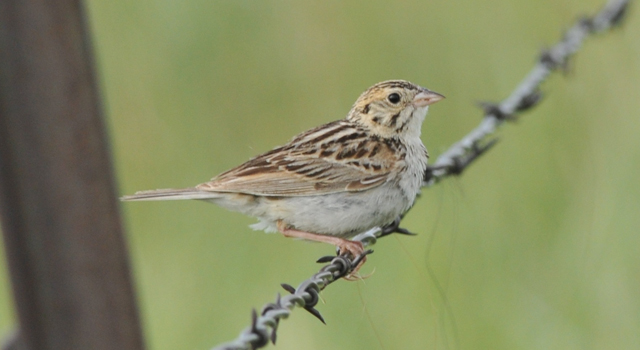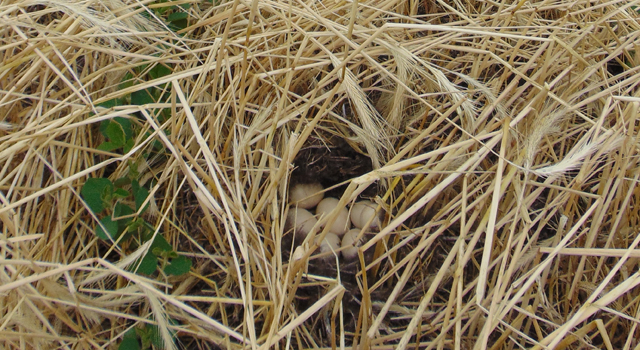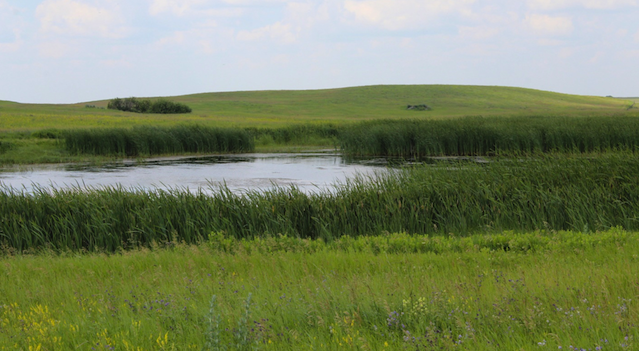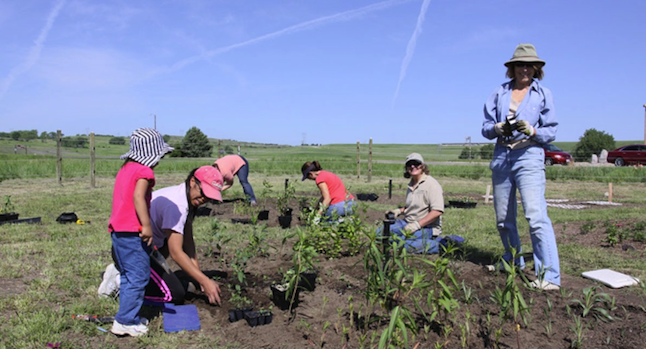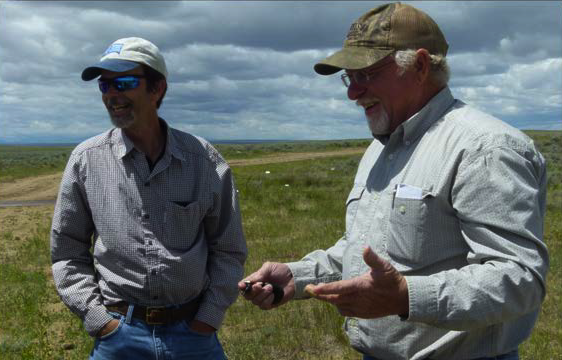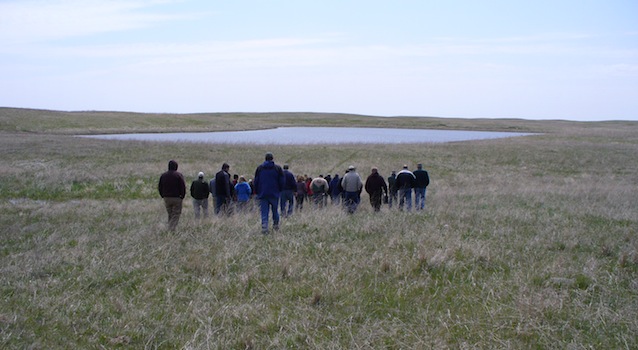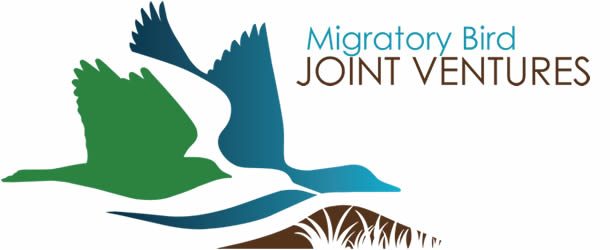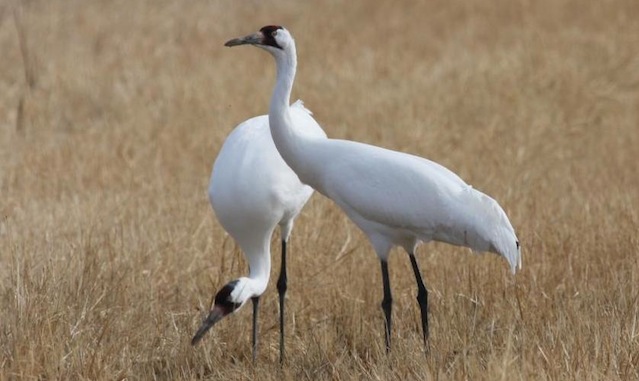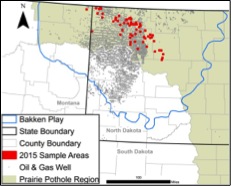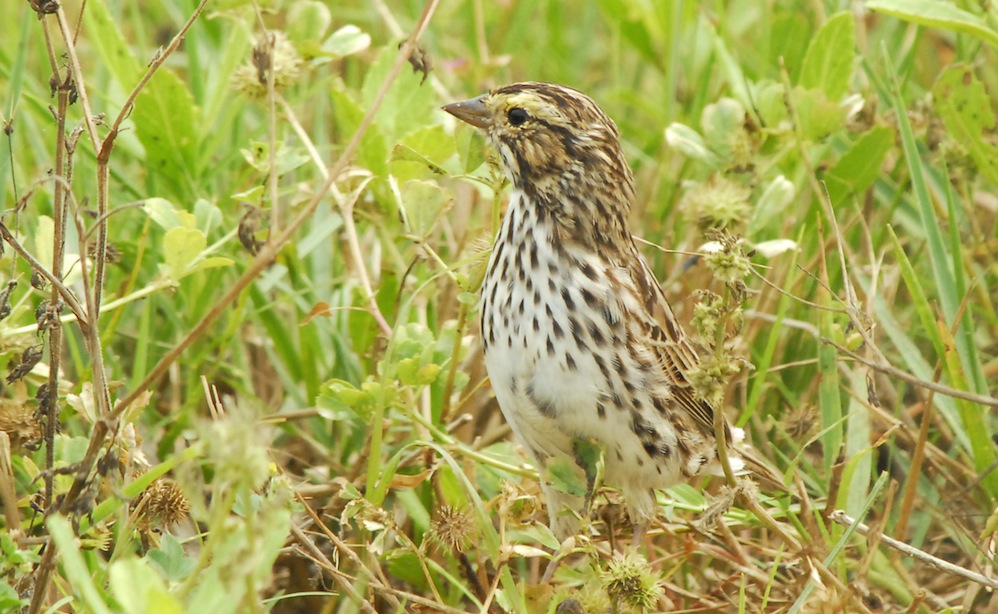Priority Grassland Bird Full-Annual Cycle Conservation Plan
Grassland bird populations have shown the most widespread and significant declines of any avifaunal group in North America. The Prairie Pothole Region supports the core breeding populations for four of the most rapidly declining species, specifically Sprague’s pipit (Anthus spragueii), chestnut-collared (Calcarius ornatus) and McCown’s longspur (Rhynchophanes mccownii), and Baird’s sparrow (Ammodramus bairdii). These four … Read more

